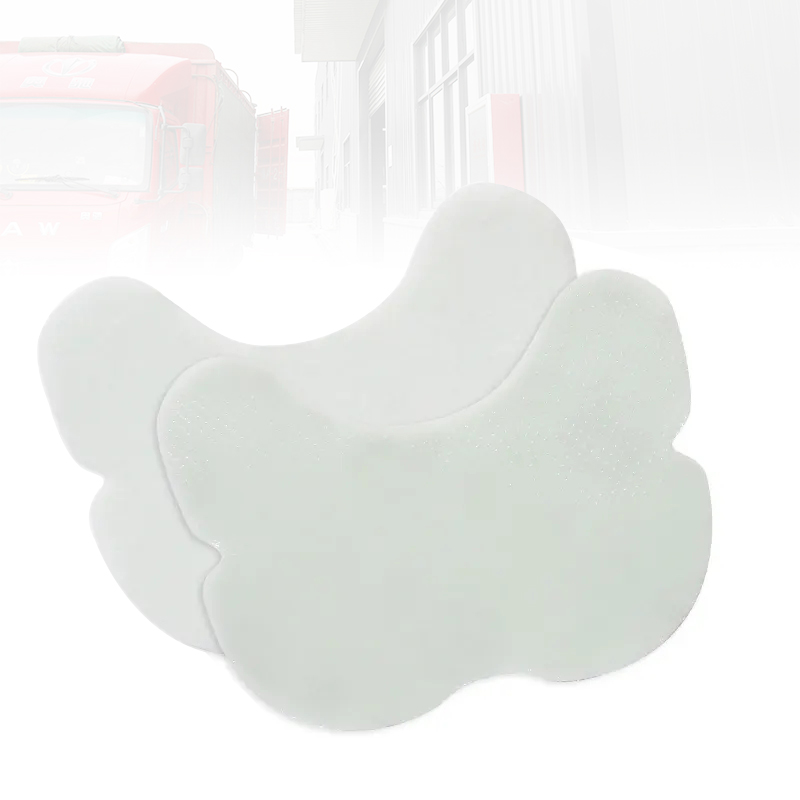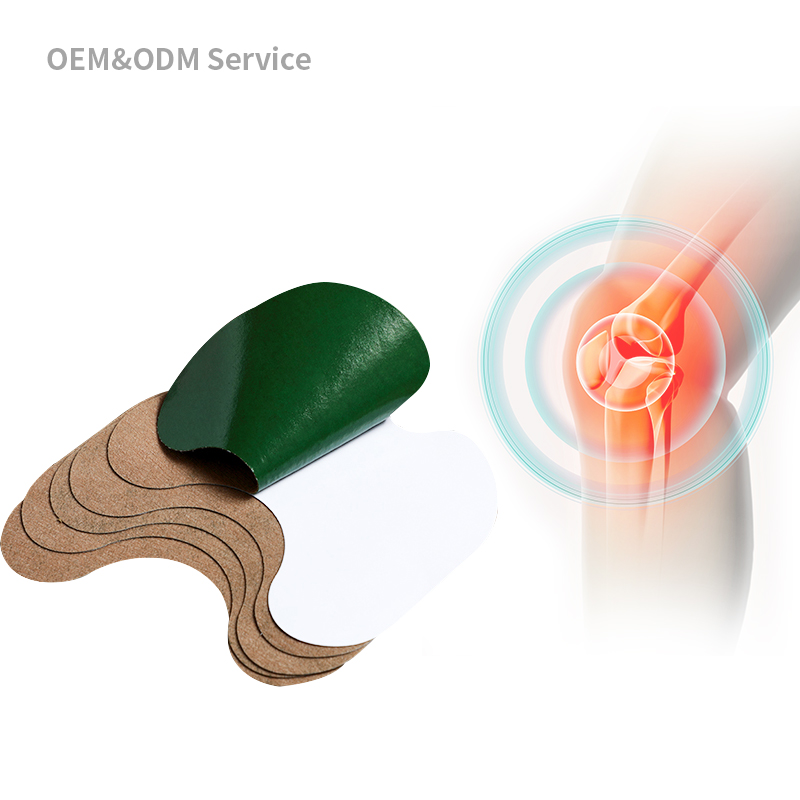How to Build Lasting OEM Partnerships to Boost Sales of Knee Pain Relief Patches
Building lasting OEM (Original Equipment Manufacturer) partnerships is crucial for boosting sales of knee pain relief patches. Successful partnerships can enhance product quality, expand market reach, and increase customer satisfaction. This article explores strategies for establishing and maintaining strong OEM relationships, providing insights into how knee pain relief patches manufacturers, suppliers, and private label brands can collaborate effectively.

Understanding the Importance of OEM Partnerships
1. Access to Expertise and Innovation
Partnering with experienced OEMs gives manufacturers access to specialized expertise and innovative technologies. OEMs often have advanced research and development capabilities, which can lead to the creation of superior knee pain relief patches. These partnerships enable companies to leverage cutting-edge technology and stay ahead of market trends.
2. Cost Efficiency
OEM partnerships can significantly reduce production costs. By outsourcing manufacturing to OEMs, companies can benefit from economies of scale, lower labor costs, and reduced capital investment. This cost efficiency allows manufacturers and suppliers to offer competitive pricing while maintaining high-quality standards.
3. Focus on Core Competencies
Collaborating with an OEM allows companies to focus on their core competencies, such as marketing, distribution, and customer service. This specialization leads to improved operational efficiency and better overall performance.
Steps to Building Lasting OEM Partnerships
1. Thoroughly Vet Potential Partners
Choosing the right OEM partner is crucial. Conduct thorough research to identify potential partners with a proven track record in manufacturing knee pain relief patches. Key factors to consider include:
- Reputation: Look for OEMs with a strong reputation for quality and reliability.
- Experience: Ensure the OEM has experience in producing knee pain relief patches and understands the specific requirements of the market.
- Certifications: Check for relevant certifications and compliance with industry standards.
2. Establish Clear Communication Channels
Effective communication is the cornerstone of any successful partnership. Establish clear and open lines of communication from the outset. Regular meetings, updates, and transparent reporting help ensure both parties are aligned and can address any issues promptly.
3. Define Roles and Responsibilities
Clearly defining roles and responsibilities helps prevent misunderstandings and ensures smooth collaboration. Develop a detailed agreement outlining each party's obligations, including production timelines, quality control measures, and delivery schedules.
4. Focus on Quality Control
Quality control is paramount in the production of knee pain relief patches. Work closely with your OEM partner to implement rigorous quality control processes. Regular audits, inspections, and testing should be part of the partnership agreement to maintain high standards and ensure customer satisfaction.
5. Foster a Collaborative Relationship
Building a lasting partnership requires collaboration and mutual respect. Foster a relationship based on trust, transparency, and shared goals. Encourage open dialogue and be willing to listen to your partner's suggestions and feedback.
6. Invest in Joint Research and Development
Investing in joint research and development (R&D) initiatives can lead to the creation of innovative knee pain relief patches. Collaborate on R&D projects to develop new formulations, packaging designs, and delivery methods. This joint effort can result in products that meet evolving customer needs and preferences.
7. Ensure Flexibility and Adaptability
The market for knee pain relief patches is dynamic and ever-changing. Ensure your OEM partnership is flexible and adaptable to market shifts. This adaptability includes being open to adjustments in production volumes, timelines, and product specifications.
Case Studies of Successful OEM Partnerships
1. A Leading Knee Pain Relief Patches Manufacturer
A renowned knee pain relief patches manufacturer partnered with an experienced OEM to enhance their product line. The OEM's expertise in advanced formulations and innovative delivery systems allowed the manufacturer to launch a new range of highly effective knee pain relief patches. The collaboration resulted in increased market share and customer satisfaction.
2. Custom Knee Pain Relief Patches for a Sports Brand
A major sports brand collaborated with an OEM to develop custom knee pain relief patches tailored for athletes. The OEM's knowledge of performance-enhancing ingredients and specialized packaging led to the creation of a unique product line. The partnership boosted the brand's reputation for quality and innovation, leading to higher sales and customer loyalty.
Challenges in OEM Partnerships and How to Overcome Them
1. Cultural Differences
Cultural differences can pose challenges in international OEM partnerships. Overcome these by fostering cultural awareness and sensitivity. Regular face-to-face meetings and cross-cultural training can bridge the gap and improve collaboration.
2. Quality Assurance Issues
Maintaining consistent quality can be challenging, especially when working with overseas OEMs. Implement stringent quality control measures and conduct regular inspections to ensure standards are met. Establish a clear protocol for addressing any quality issues that arise.
3. Intellectual Property Concerns
Protecting intellectual property (IP) is crucial in OEM partnerships. Ensure your agreement includes provisions for IP protection, and work with legal experts to safeguard your proprietary information. Non-disclosure agreements (NDAs) and patents can offer additional protection.
Maximizing the Benefits of OEM Partnerships
1. Leverage OEM Capabilities for Product Differentiation
Use your OEM partner's capabilities to create differentiated products. This differentiation can include unique formulations, specialized packaging, or innovative delivery methods that set your knee pain relief patches apart from competitors.
2. Expand Market Reach Through OEM Networks
Leverage your OEM partner's existing networks and distribution channels to expand your market reach. This expansion can include entering new geographic markets or targeting specific customer segments.
3. Continuous Improvement and Innovation
Focus on continuous improvement and innovation to stay competitive. Regularly review and refine your products and processes in collaboration with your OEM partner. This ongoing effort ensures you remain responsive to market trends and customer needs.
Conclusion
Building lasting OEM partnerships is essential for boosting sales of knee pain relief patches. By thoroughly vetting potential partners, establishing clear communication, focusing on quality control, and fostering collaborative relationships, knee pain relief patches manufacturers, suppliers, and private label brands can achieve significant success. These partnerships enable companies to leverage expertise, reduce costs, and focus on core competencies, ultimately leading to increased market share and customer satisfaction.
Frequently Asked Questions (FAQs)
1. What are the key benefits of OEM partnerships for knee pain relief patches manufacturers?
OEM partnerships offer access to expertise, cost efficiency, and the ability to focus on core competencies, leading to improved product quality and market competitiveness.
2. How can knee pain relief patches manufacturers ensure quality control in OEM partnerships?
Implement rigorous quality control processes, conduct regular audits and inspections, and establish clear protocols for addressing quality issues to maintain high standards.
3. What strategies can help overcome cultural differences in international OEM partnerships?
Foster cultural awareness and sensitivity through regular face-to-face meetings and cross-cultural training to improve collaboration and communication.
4. How can custom knee pain relief patches benefit from OEM partnerships?
OEM partners can provide specialized expertise and innovative technologies, leading to the development of unique formulations and packaging that meet specific customer needs.
5. What role does intellectual property protection play in OEM partnerships?
Protecting intellectual property is crucial; include provisions for IP protection in agreements, use NDAs, and secure patents to safeguard proprietary information.
By implementing these strategies, knee pain relief patches manufacturers, suppliers, and private label brands can build strong OEM partnerships that drive sales growth and enhance customer satisfaction.






